Introduction
As discussed in our introductory blog, "The Plastic Health Predicament: A Beginner's Guide," more and more people are waking up to the health dangers posed by the omnipresent plastic. In today's post, we dive into a study that investigates whether plastics are not only in our environment but also in our arteries, and if so, how dangerous this might be.
The Study
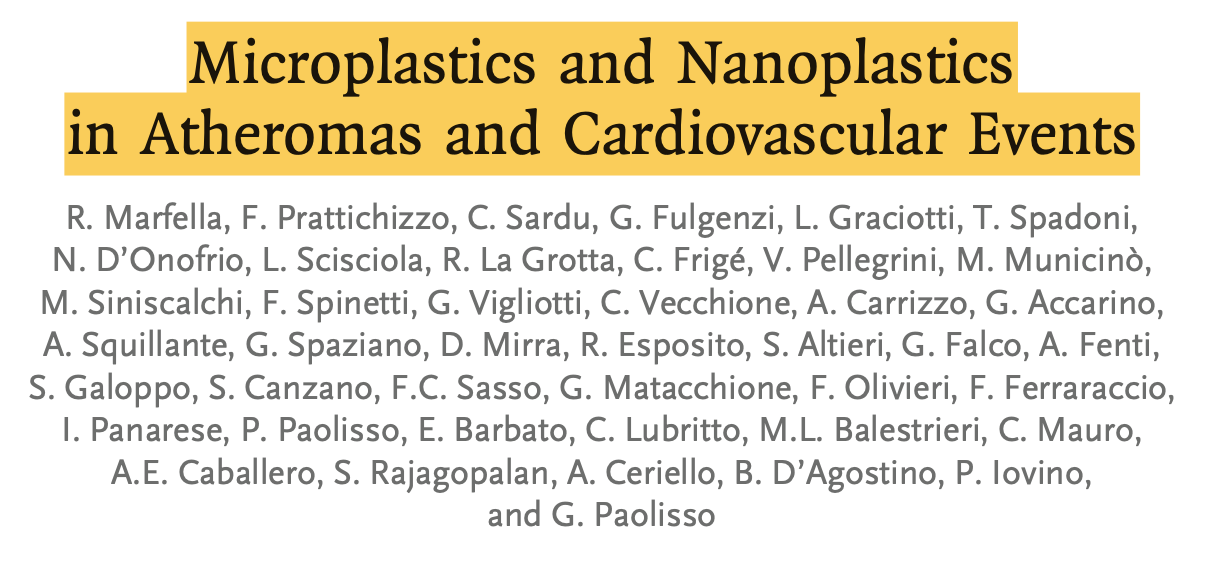
The study Microplastics and Nanoplastics in Atheromas and Cardiovascular Events, published in the New England Journal of Medicine, is essentially asking, "Are there plastics in our arteries, and could they be causing heart attacks, strokes, and even death?"
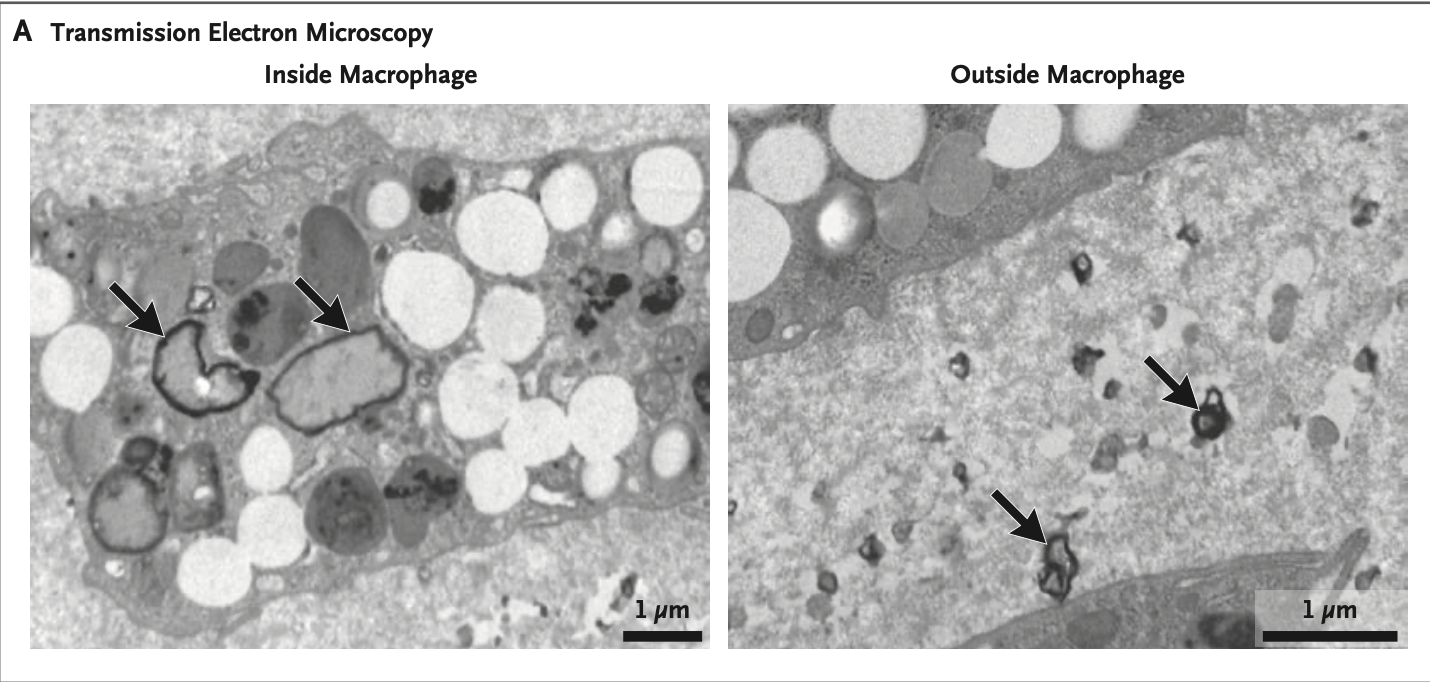
Patients with pre-existing arterial disease had bits of their plaque surgically removed and analyzed. Guess what? As shown with the arrows above 👆, plastics were found in the majority of these samples, both within macrophages and in the artery plaque.
The study tracked these patients over several years, comparing those with plastics in their arteries to those without. The results were eye-opening.
The Results
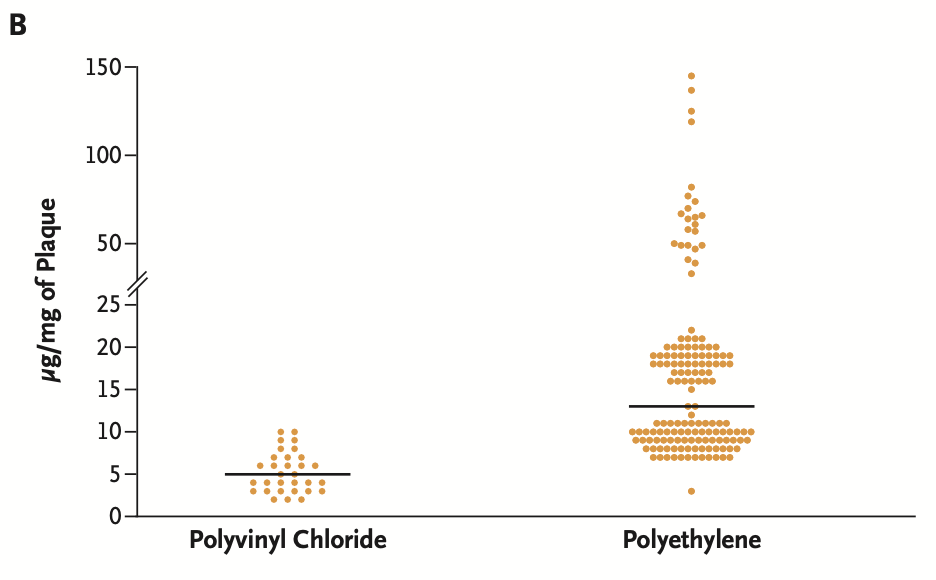
Further study showed:
- Polyethylene was found in nearly 60% of the plaques. This is the same stuff that makes your water bottles, milk containers, and even your toothbrush!
- Polyvinyl Chloride (PVC) was present in 12% of cases. Yes, the same PVC from your pipes, food packaging, and, yes you guessed it, your old rubber ducky!
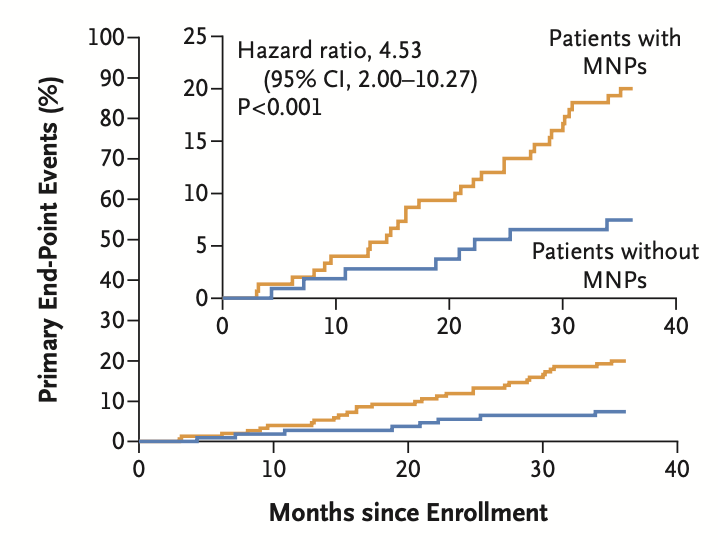
Controlling for age, sex, BMI, cholesterol, diabetes, hypertension, and previous cardiovascular events, the results were, frankly, jaw-dropping. The graph showed:
- A blue line for patients without plastics in their plaque.
- An orange line for those with plastics. And boy, was that orange line higher—indicating significantly more heart attacks, strokes, and deaths. ☠️
The Hazard Ratio was a staggering 4.53, meaning if you've got plastic in your arteries, your risk for these catastrophic events increases by 353%!
Wrapping It Up:
Our bodies do their best to clean up the plastics that sneak in, but this study shows they're not up to the task. The implications are serious, potentially life-altering or ending. While it's tough to live plastic-free, here's where we can start making changes:
- Swap plastic water bottles for glass or stainless steel - because hydration shouldn't come with a side of microplastics.
- Use glass food containers - because your leftovers deserve better than a plastic tomb.
- Choose natural fiber clothing - think cotton, not polyester, unless you want to wear your plastic.
- Look at your cleaning products - can you find ones in plastic-free packaging or more natural options?
And yes, while we used the rubber ducky in our graphic for a laugh, it's a stark reminder of how deep plastics have infiltrated our lives.
Final Thoughts:
Looking forward, more studies comparing those with plastics in their arterial plaque vs healthy individuals with no plaque at all would be good to see. If it's a 353% increase in risk compared to someone who has arterial disease but no plastics in the plaques.....what is the increased risk compared to a completely healthy person? The mind boggles.
So, as we navigate this plastic-laden world, let's not forget the power of small changes. Each step towards reducing plastic exposure is a step towards a healthier life. Whilst it might be sad to bid the rubber ducky a fond farewell, it’s a symbolic step to making our health, and our planet’s health, a priority by choosing wisely what we invite into our daily lives.








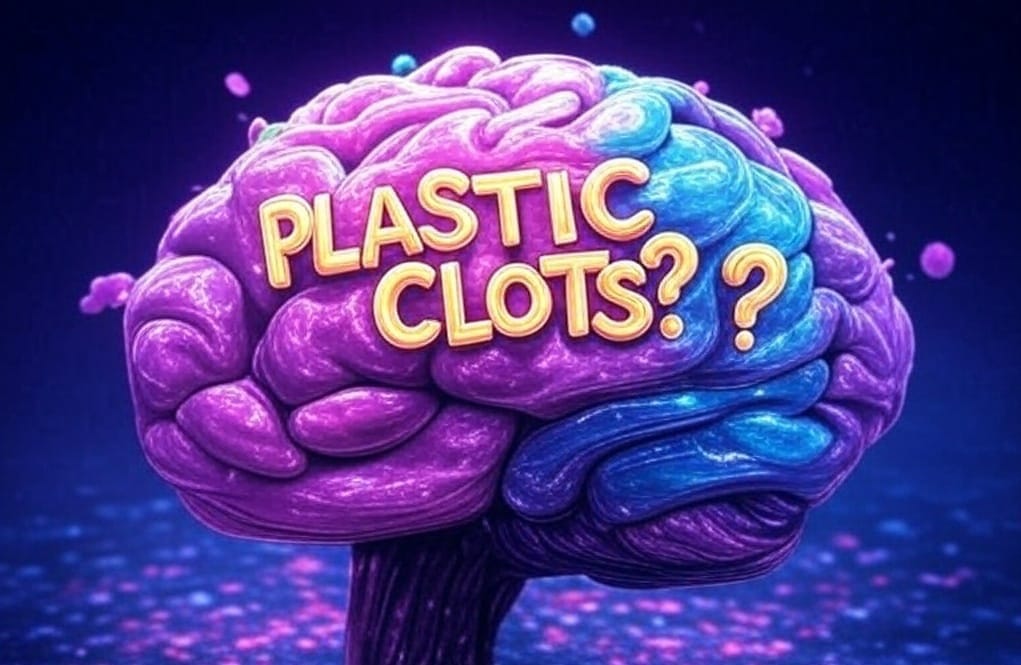
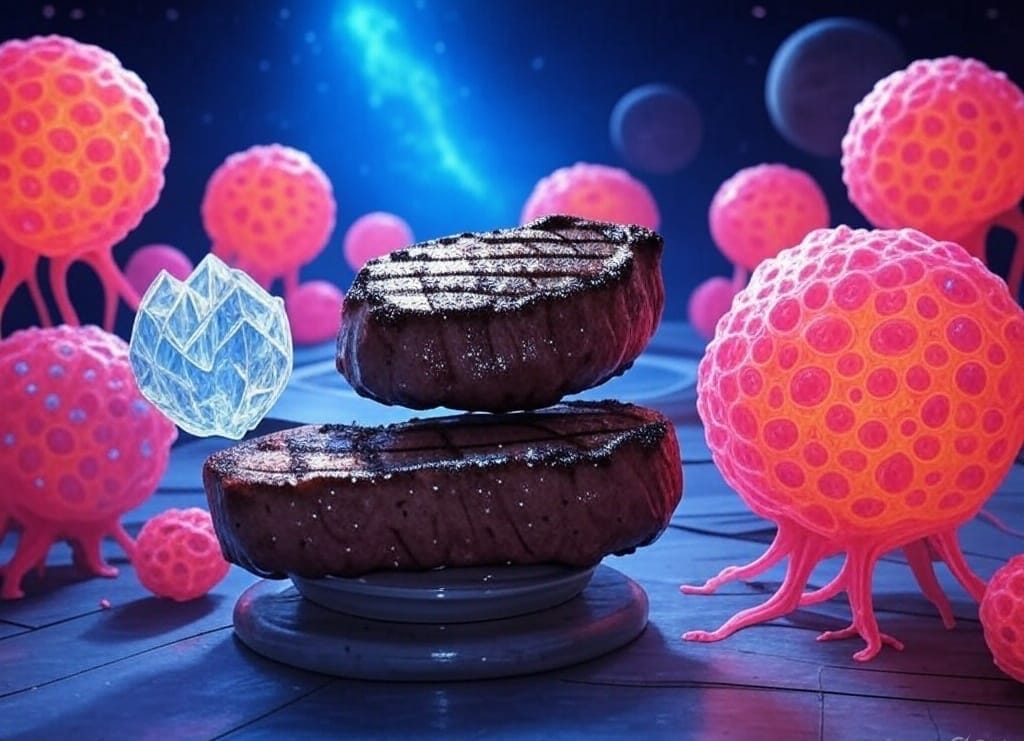



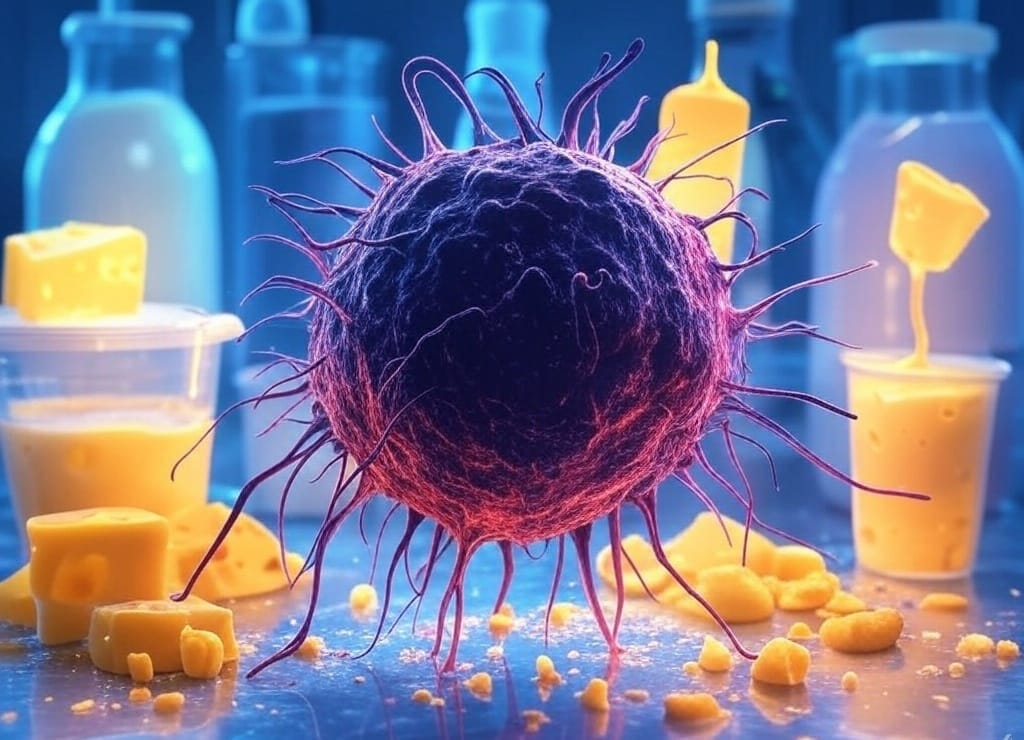
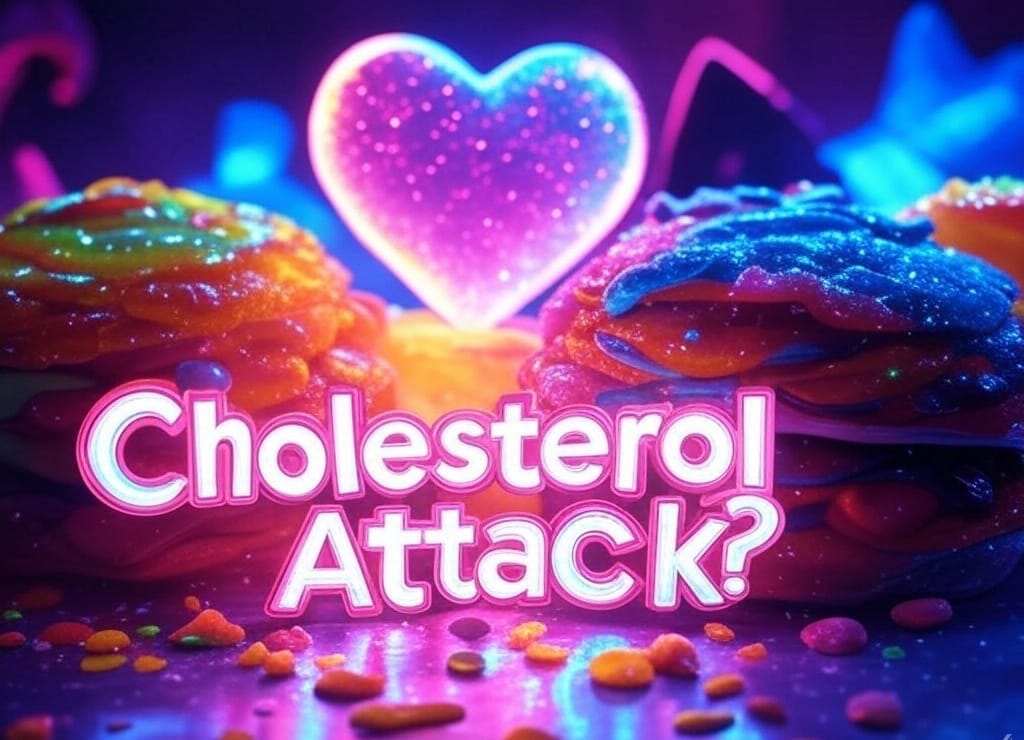
Discussion